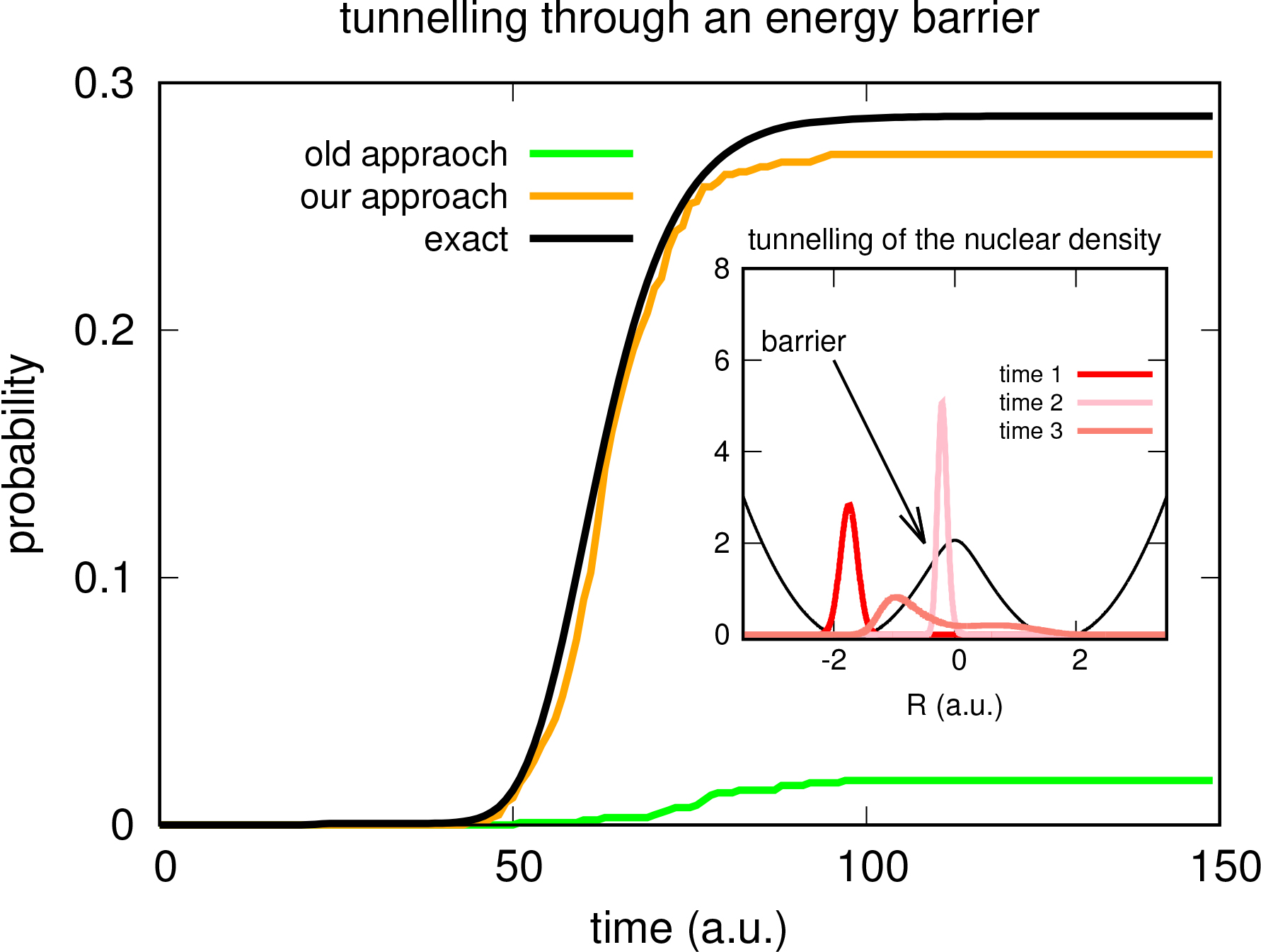EPJ B Highlight - Clearer vision of the biochemical reaction that allows us to see
- Details
- Published on 31 July 2018

Physicists develop improved algorithms for simulating how complex molecules respond to excitation by photons, and explaining what happens when photons hit our eyes
What makes it possible for our eyes to see? It stems from a reaction that occurs when photons come into contact with a protein in our eyes, called rhodopsin, which adsorbs the photons making up light. In a paper published in EPJ B, Federica Agostini, University Paris-Sud, Orsay, France, and colleagues propose a refined approximation of the equation that describes the effect of this photo-excitation on the building blocks of molecules. Their findings also have implications for other molecules, such as azobenzene, a chemical used in dyes. The incoming photon triggers certain reactions, which can result, over time, in dramatic changes in the properties of the molecule itself. This study was included in a special anniversary issue of EPJB in honour of Hardy Gross.
Biochemical molecules are so complex that it would require far too much computer power to realistically predict how their molecular structures come to fold in a particular way - and thus acquire their functionalities - after reactions sparked by photon impacts. Instead, physicists use simpler, approximate models to understand the effects of incoming photons on the microscopic components of complex molecules.
Specifically, the authors model the impact of an incoming photon on electrons and nuclei as the electrons approach an excited state. They perform simulations taking into account the specific properties of the building blocks of the molecule, making the approximations slightly closer to the physical reality of this phenomenon than previous work.
To illustrate the effectiveness of their approach, the authors apply it to a simple example. They demonstrate that the atomic nuclei are able to pass through the energy barriers separating stable states by means of a tunnelling process. Nuclei are also able to populate the excited state after incoming photons excite electrons.
F. Agostini, I.Tavernelli, and G. Ciccotti (2018),
Nuclear Quantum Effects in Electronic (Non)Adiabatic Dynamics,
European Physical Journal B 91:139, DOI: 10.1140/epjb/e2018-90144-3




